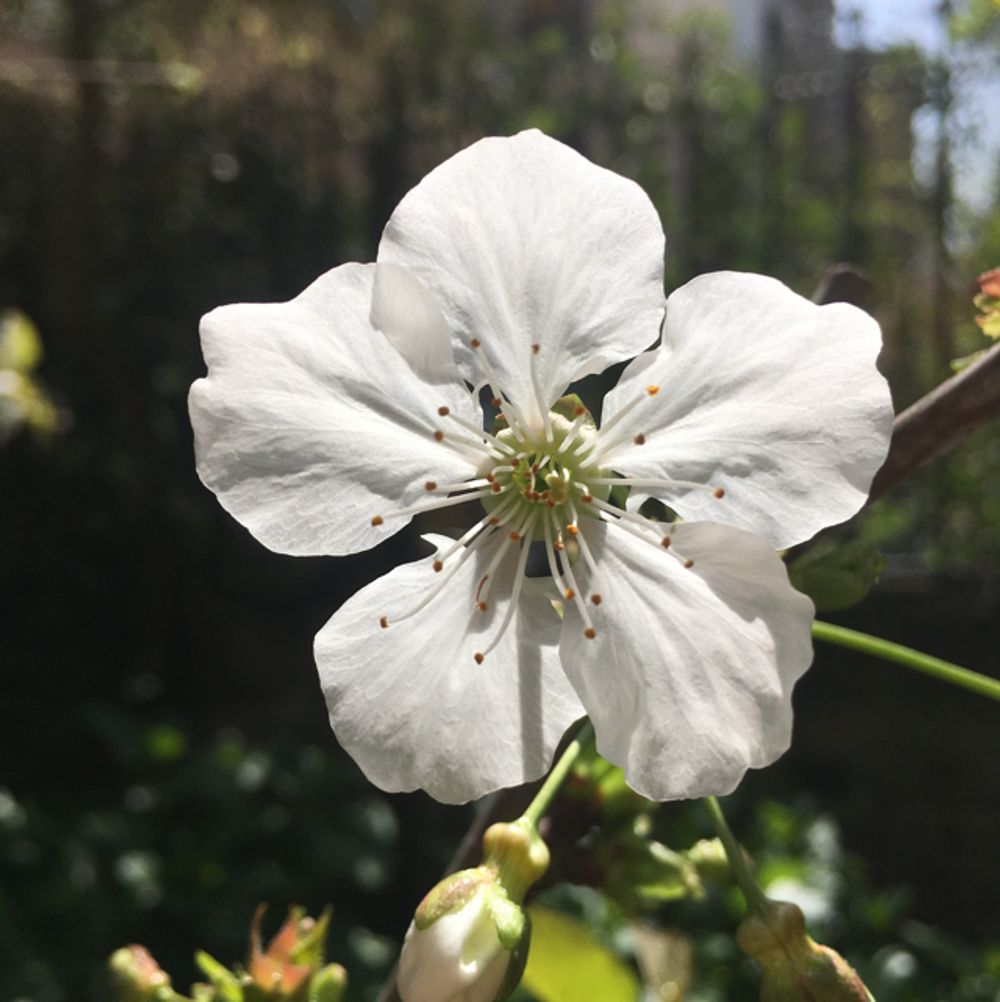Beeblossom
(Gaura)

Description
Gaura is a genus of herbaceous flowering plants that belongs to the family Onagraceae. The genus consists of around 20 species of perennial plants that are native to North America and Mexico. The plants are commonly known as bee blossom, wand flower, or butterfly bush. The name "gaura" is derived from the Greek word gauros, which means "superb." Gaura plants have become popular garden plants due to their showy flowers and long blooming period. In this article, we will discuss the different species of Gaura plants, their characteristics, and how to care for them. Species of Gaura Plants Gaura biennis: This species of Gaura is native to North America and is commonly known as biennial gaura or white gaura. It grows up to 5 feet tall and produces small white flowers that bloom in the summer. The flowers are attractive to butterflies and bees. Gaura lindheimeri: This is the most popular species of Gaura in cultivation. It is native to Texas and Louisiana and is commonly known as Lindheimer's beeblossom or wandflower. The plant grows up to 4 feet tall and produces long spikes of white, pink, or red flowers that bloom from late spring to early fall. The flowers are attractive to butterflies and hummingbirds. Gaura longiflora: This species of Gaura is native to Mexico and is commonly known as longflower beeblossom. It grows up to 3 feet tall and produces long spikes of white or pink flowers that bloom from summer to fall. Gaura parviflora: This species of Gaura is native to Arizona, New Mexico, and Texas and is commonly known as smallflower beeblossom. It grows up to 2 feet tall and produces small pink or white flowers that bloom from spring to fall. Characteristics of Gaura Plants Gaura plants are herbaceous perennials that have a clumping growth habit. The plants have slender stems that are covered with lance-shaped or oblong leaves that are typically 1-4 inches long. The leaves are often variegated with green and white or green and pink. Gaura plants bloom from spring to fall, producing long spikes of flowers that are held above the foliage. The flowers are typically small, about 1 inch wide, and have four petals. The petals are often frilly or ruffled, giving the flowers a delicate appearance. The flowers come in a range of colors, including white, pink, and red. They are attractive to butterflies, bees, and hummingbirds. Gaura plants prefer full sun and well-drained soil. They are drought-tolerant once established and can handle hot and dry conditions. Gaura plants are hardy in USDA zones 5-9. How to Care for Gaura Plants Gaura plants are easy to care for and make excellent garden plants. Here are some tips on how to care for Gaura plants: Soil: Gaura plants prefer well-drained soil that is slightly acidic to neutral. They do not like wet feet, so it is important to ensure that the soil drains well. Sun: Gaura plants prefer full sun but can tolerate partial shade. However, if they are grown in shade, they may not bloom as well. Water: Gaura plants are drought-tolerant once established and do not require a lot of water. Water them deeply once a week during hot, dry weather. Fertilizer: Gaura plants do not require a lot of fertilizer. You can apply a balanced fertilizer once in the spring to encourage growth. Pruning: Gaura plants do not require much pruning. You can deadhead the flowers.
Taxonomic tree:







